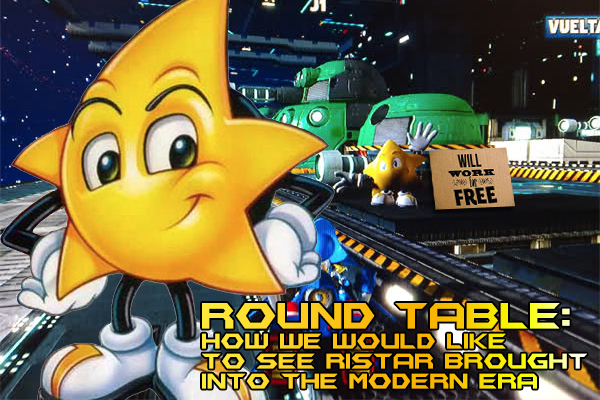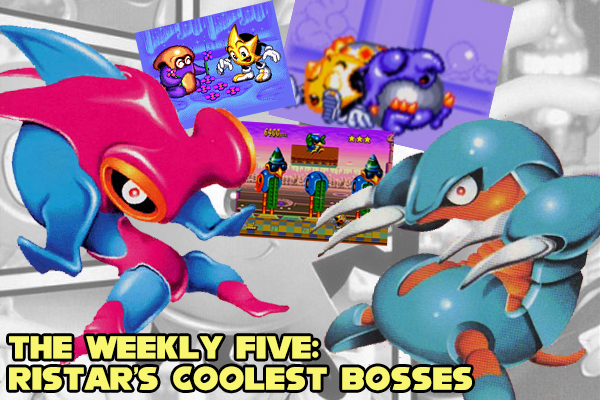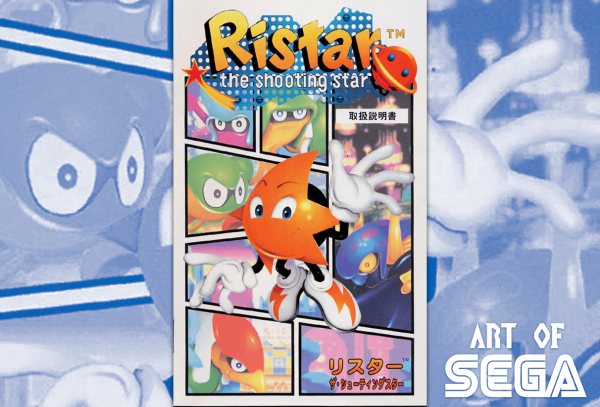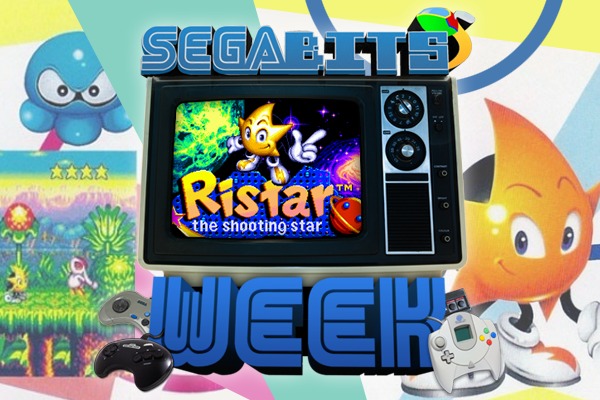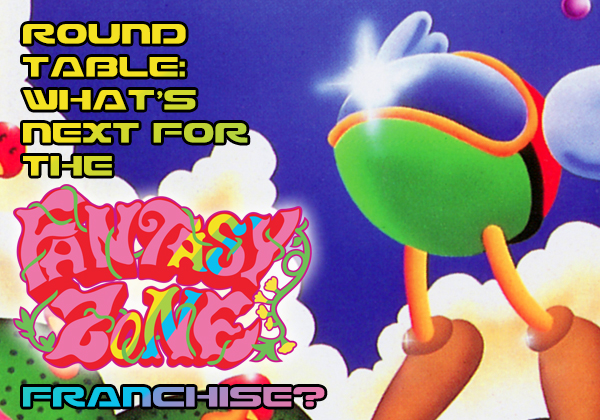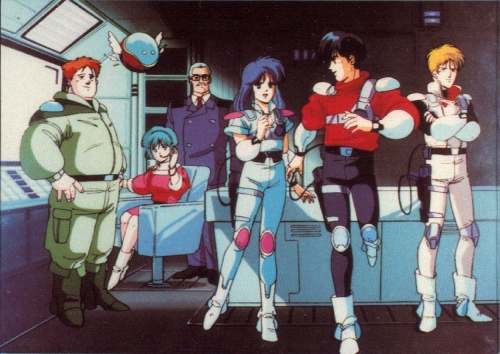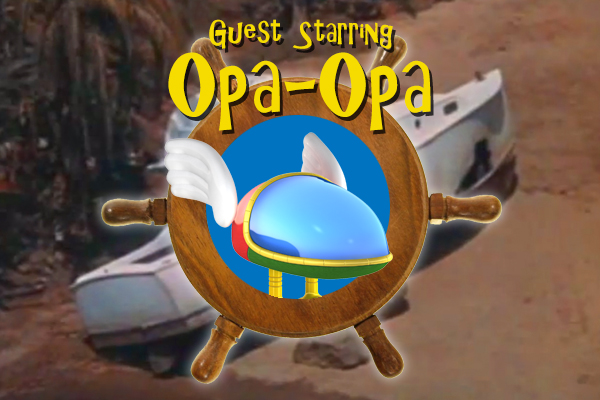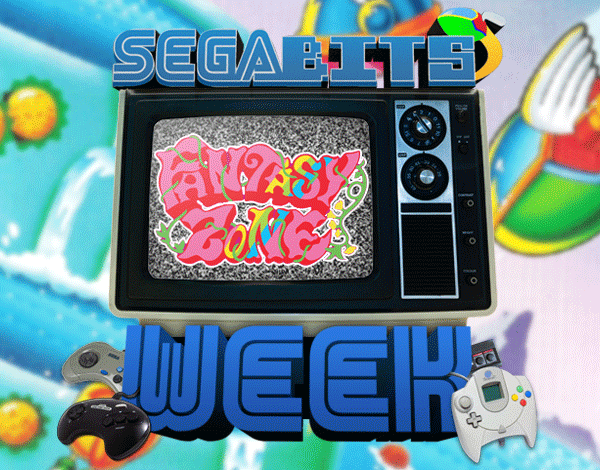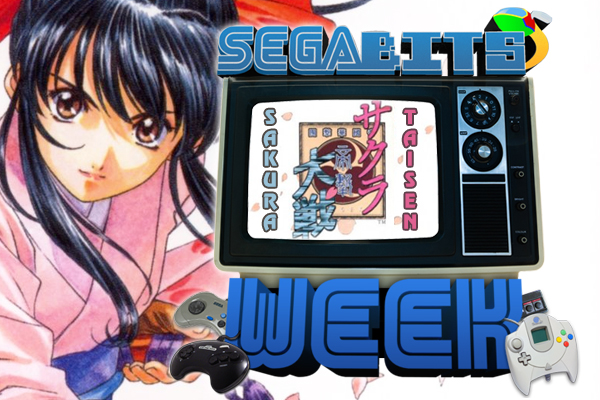
Konnichiwa! Kori-Maru here to welcome our readers to Sakura Taisen week.
In commemoration of Valentine’s Day we’ll be providing you with a full week of coverage for SEGA’s popular dating/strategy game. Since its release in Japan on the SEGA Saturn back in 1996, the franchise expanded with sequels, spinoffs, stage shows, animation, and even a motion picture. While Sakura Taisen was a smash hit in Japan, the franchise was never given much exposure in the west due to SEGA’s western branches not believing the series would find an audience.
Luckily, other companies disagreed, and Sakura Taisen’s anime and manga would reach western shores in the early 2000s thanks to companies like ADV films and Tokyopop. Thanks to NIS America, even Sakura Taisen’s latest game, Sakura Wars: So Long, My Love, was able to make reach western markets. Most recently, last year’s Project X Zone for the Nintendo 3DS saw a Western release and featured Sakura Taisen characters and locations.
To get you guys prepped for a week of Sakura Taisen, check below for an overview of the series!
Continue Reading ➜


